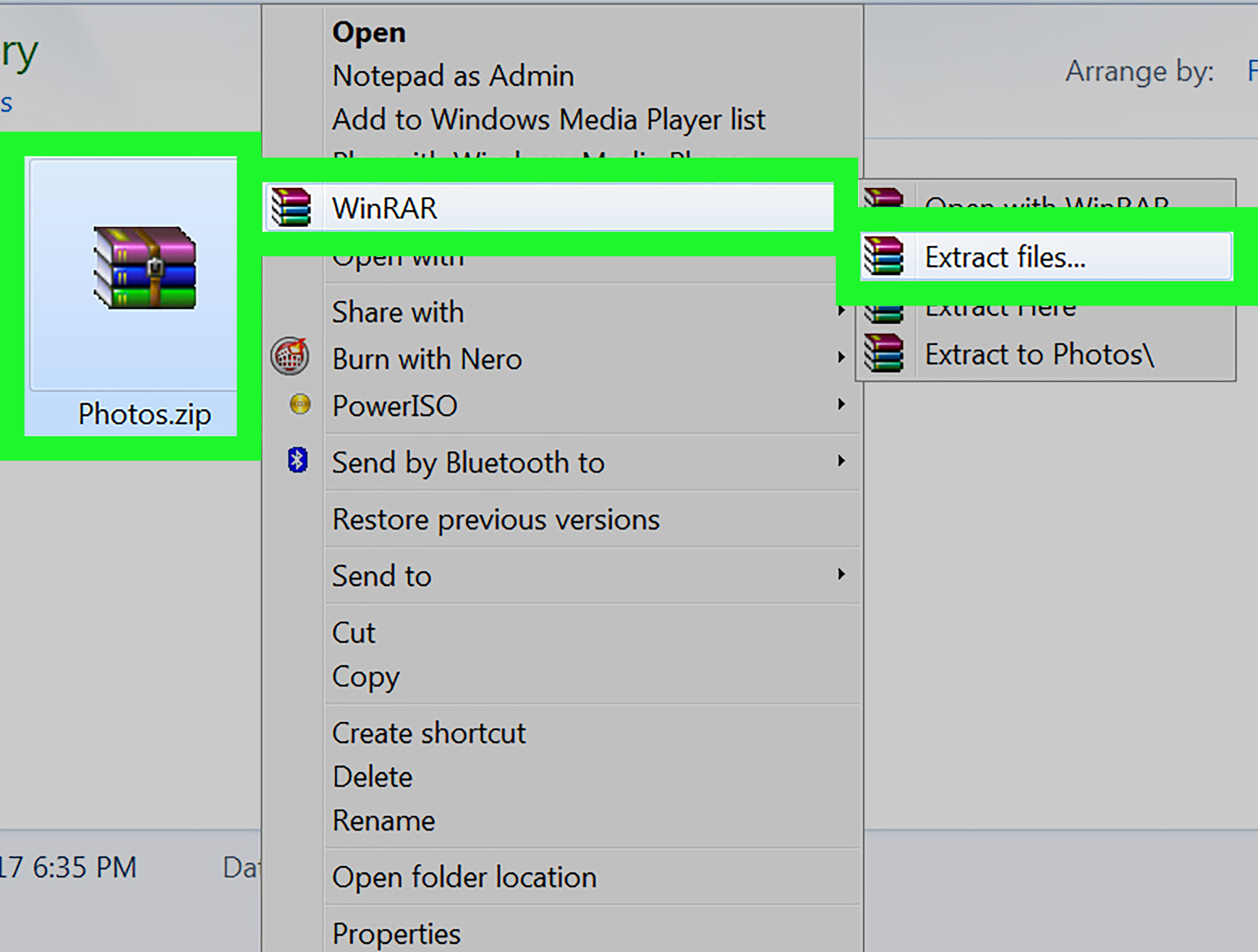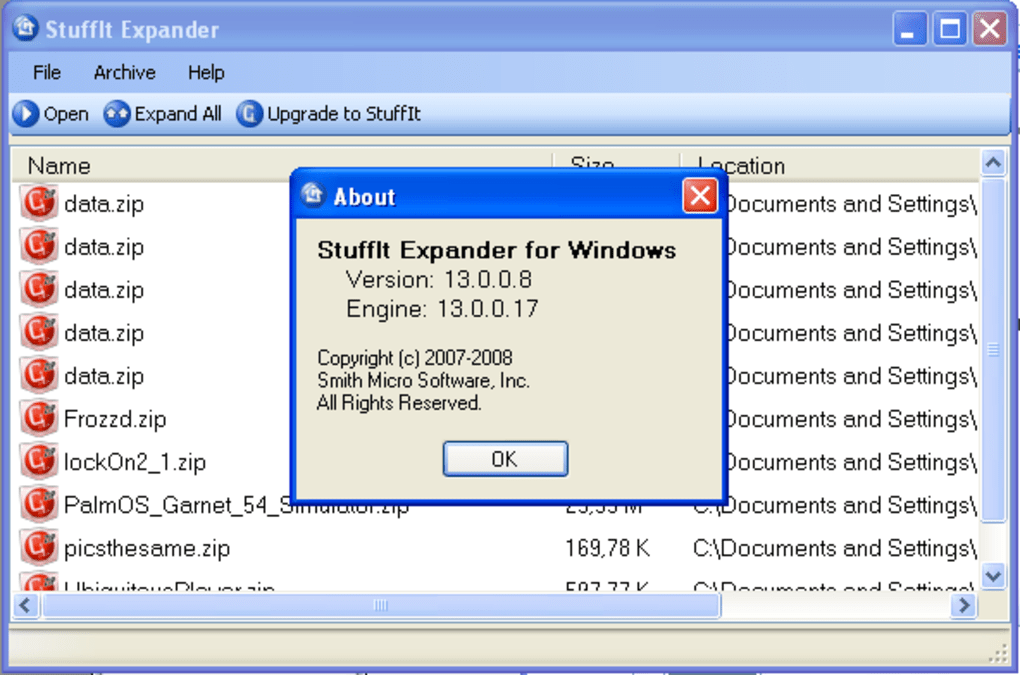

- #WHERE DOES STUFFIT EXPANDER PUT FILES MAC OS X#
- #WHERE DOES STUFFIT EXPANDER PUT FILES UPDATE#
- #WHERE DOES STUFFIT EXPANDER PUT FILES ARCHIVE#
- #WHERE DOES STUFFIT EXPANDER PUT FILES DOWNLOAD#
In the same folder as the original version.

Once StuffIt Expander has finished, it usually places the decoded file With StuffIt Expander open, from the Window menu, selectĭrag Window.That appears, find the file you want to decode. Double-click StuffIt Expander's icon, and wait for it to open.įrom the File menu, select Expand, and in the window.When StuffIt Expander's iconĭarkens, release the mouse button. Using your mouse, click and hold the icon of the file, and drag.On many systems, StuffItĮxpander will launch and decode the file. You can decode a compressed or encoded file with StuffIt Expander in If such a function of the application StuffIt Expander meets your expectations in relation to a specific file extension, you can safely go to the manufacturers. Sometimes it may be used only to view its contents. This allows you to unstuff only parts of theĪrchive rather than the whole archive. If the application StuffIt Expander supports the file extension it does not mean that it will be able to edit the specific file. Drag items out of the window or double-click
#WHERE DOES STUFFIT EXPANDER PUT FILES ARCHIVE#
If you drag and drop a stuffed archive over the StuffItĭeluxe icon, a window will open that contains the contents of the StuffIt Expander and StuffIt Deluxe can access the following file
#WHERE DOES STUFFIT EXPANDER PUT FILES DOWNLOAD#
If you do not have it, you may download this program from StuffIt Expander is freeware and is bundled with some
#WHERE DOES STUFFIT EXPANDER PUT FILES MAC OS X#
Information here may no longer be accurate, and links may no longer be available or reliable.Īnd Mac OS X for decoding stuffed files: StuffIt Deluxe and


But unless you’re compressing huge files or you need to make sure the data you’re sending over the Internet is highly secure, simply downloading the latest version of StuffIt Expander may suffice.This content has been archived, and is no longer maintained by Indiana University. Highly secure data encryption, better compression, terabyte archive sizes, and command-line access all make StuffIt Deluxe 7 a good update.
#WHERE DOES STUFFIT EXPANDER PUT FILES UPDATE#
Though these problems were not fixed in the recent 7.01 update, Aladdin says they should be resolved in an update that will be released by the end of 2002. Archive Search crashed whenever it found a file within a. We also found a bug in Archive Search, a StuffIt application that lets you search compressed files for specific documents. StuffIt X made the most difference with uncompressed multimedia and image files. sit format, and in some cases, such as with Word documents and MYOB data files, compression was worse. sitx file was only 2 to 8 percent smaller than a file compressed in the. In our tests, StuffIt X files didn’t compress the additional 20 to 30 percent it promises. And Unix geeks who want to control StuffIt through the Terminal’s command-line interface will find more functionality and better encryption options, such as Blowfish, DES, and AES, right at their fingertips. Version 7 also supports long file names and includes built-in error recovery the latter can completely rebuild your archive if it becomes corrupted. And Aladdin has significantly beefed up StuffIt’s 40-bit encryption capabilities to 512-bit, RC4 encryption, which makes it more secure than the encryption level most banks require for online banking. Multimedia and video producers will appreciate version 7’s ability to create multiterabyte-size archives, a step up over StuffIt’s previous 2GB limit. (Aladdin says this is due to a limitation in OS X.) But Mac OS X users can’t use the True Finder Integration feature, which lets you change an archive’s format simply by changing its file extension. A new Microsoft Word plug-in also lets you compress documents directly from within Word. StuffIt still gives you many options for compressing files (Aladdin calls compressed files archives): you can use StuffIt drag and drop, the Magic Menu, contextual menus, or the New Archive window.


 0 kommentar(er)
0 kommentar(er)
